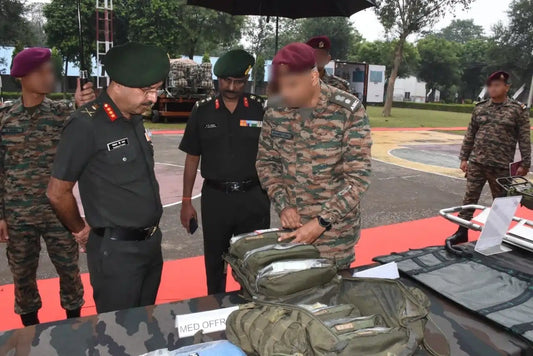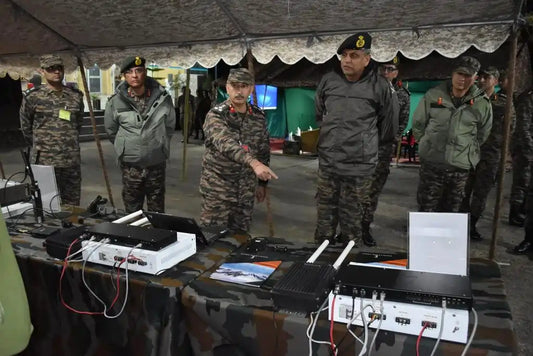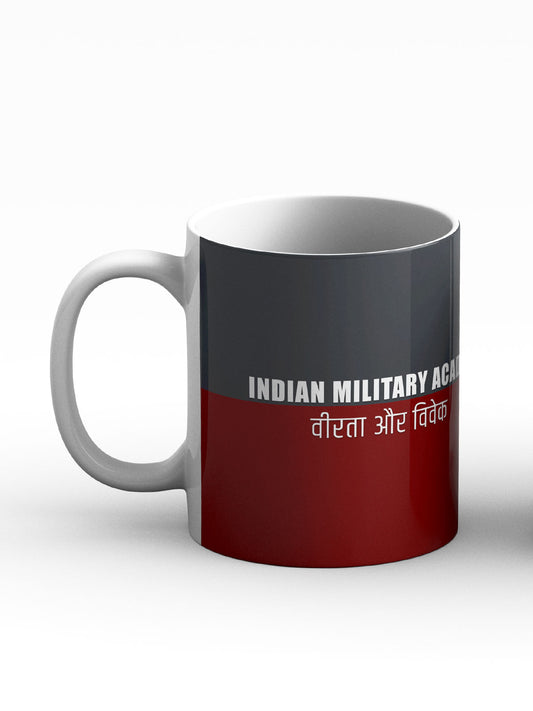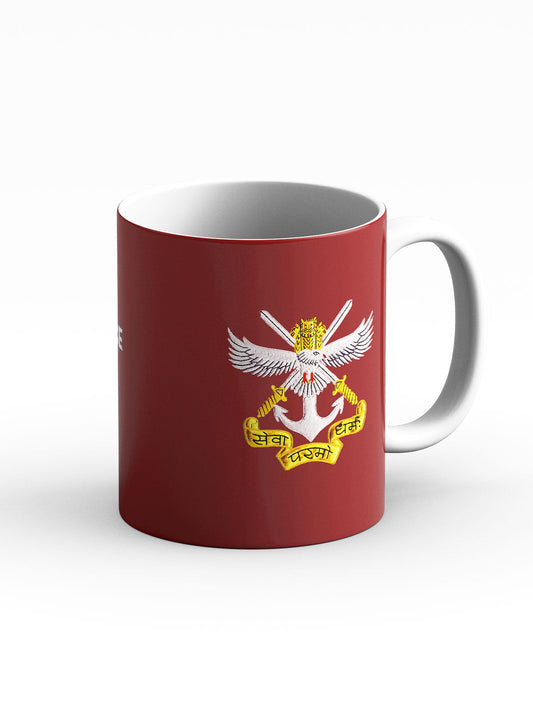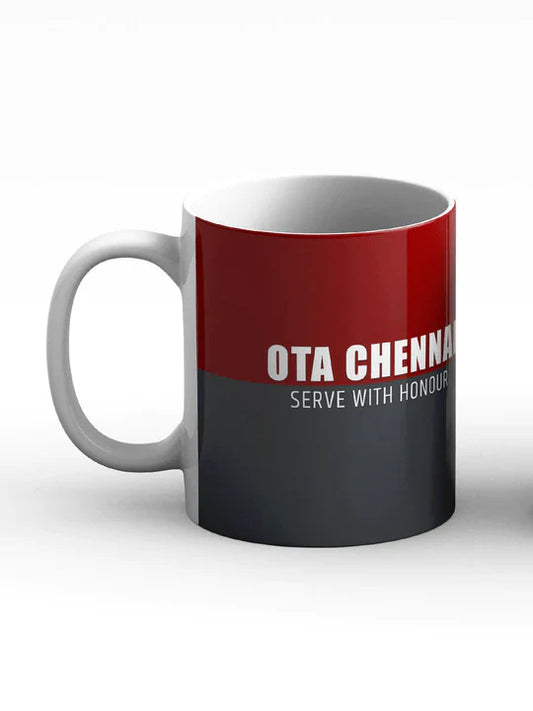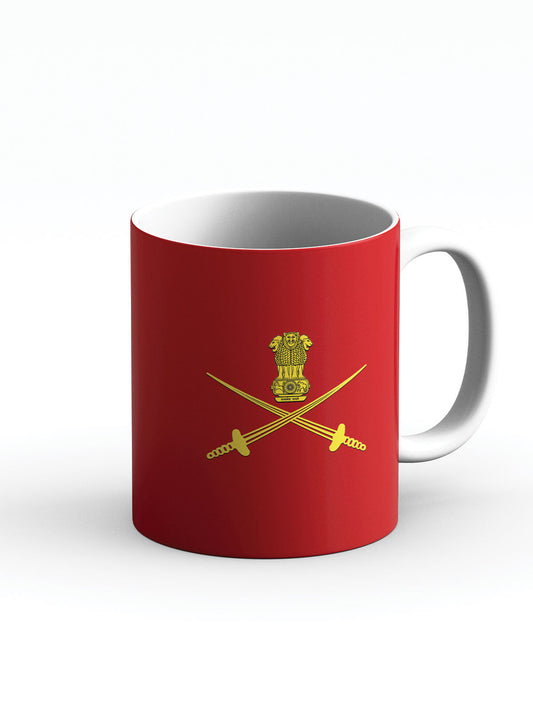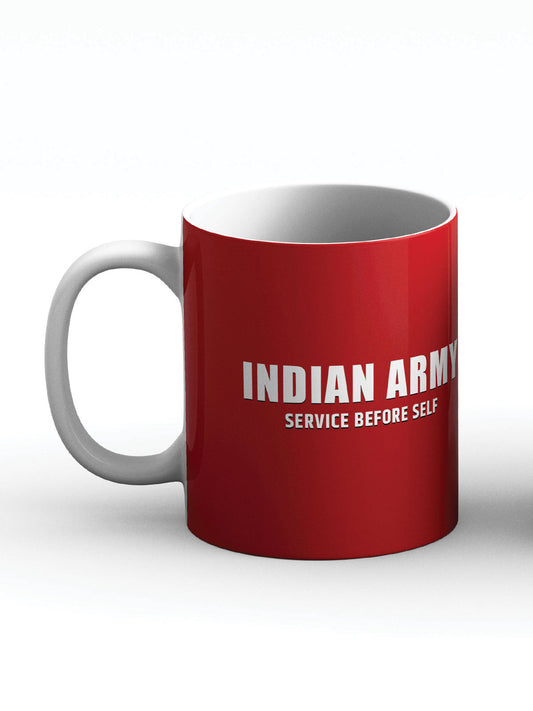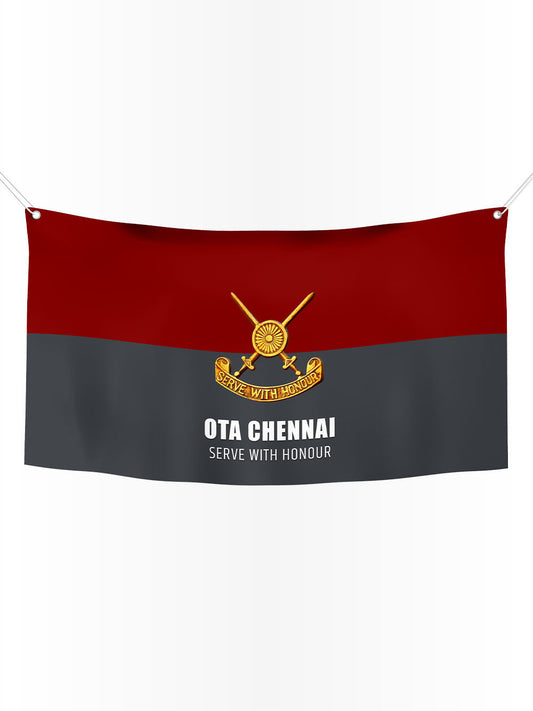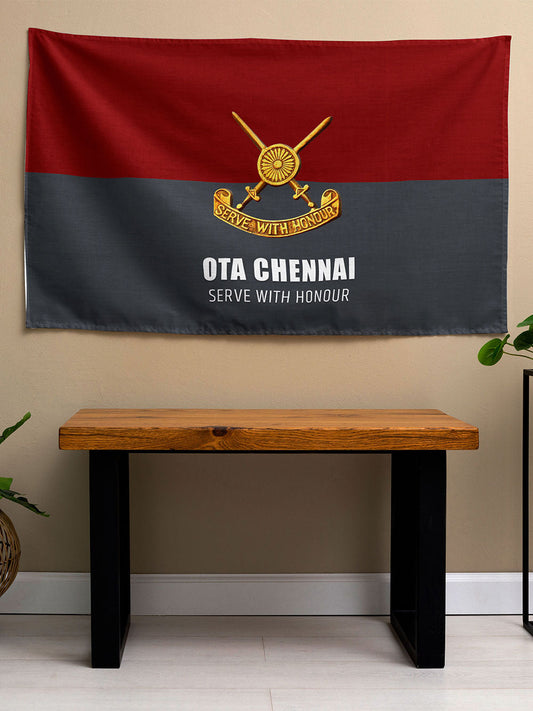Lieutenant Parul Dhadwal: Pioneering Female Officer in a Five-Generation Military Legacy
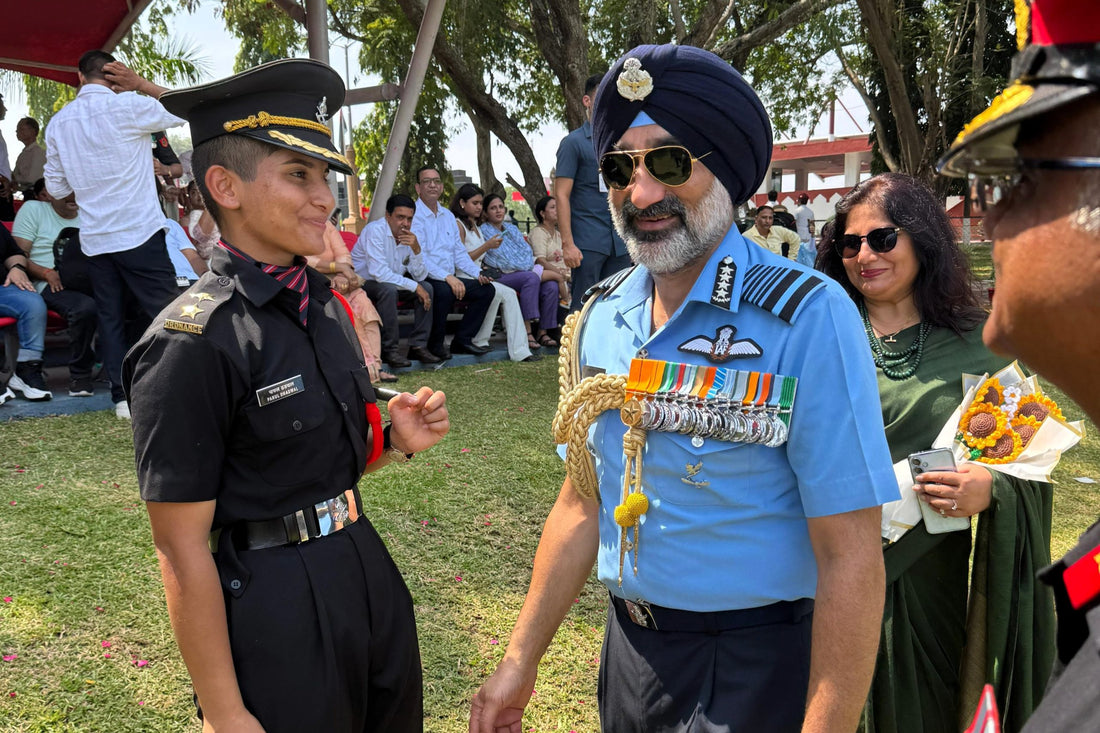
In a historic development for the Indian Armed Forces, Lieutenant Parul Dhadwal was inducted into the Indian Army Ordnance Corps on September 6, 2025. This event marks a significant milestone as she becomes the first woman from a five-generation military family to join the ranks of the Indian Army.
Originating from Village Janauri in Punjab's Hoshiarpur district, an area known for its martial traditions, Lt Dhadwal symbolizes both heritage and progress. While she continues a legacy that spans over a century, she also represents change by being the first female in her family to serve. Her achievements were further recognized when she received the President’s Gold Medal for ranking first in the Order of Merit at the Officers Training Academy (OTA) in Chennai.

The Dhadwal family’s military service history is a testament to India’s rich martial heritage.
| First Generation: | Lt Dhadwal’s great-great-grandfather, Subedar Harnam Singh, served in the 74 Punjabis from 1896 to 1924, establishing the family’s military tradition. |
| Second Generation: | Her great-grandfather, Major L.S. Dhadwal, upheld the family’s legacy with the 3rd Battalion, Jat Regiment (3 JAT), during the transitional period around India's independence. |
| Third Generation: | This generation saw leadership and valor from Colonel Daljit Singh Dhadwal of the 7 JAK RIF and Brigadier Jagat Jamwal of the 3 Kumaon Regiment, who maintained regimental pride in key operations. |
| Fourth Generation: | Her father, Major General K.S. Dhadwal of the 20 Sikh Regiment, continues to serve honorably, decorated with the Sena Medal (SM) and Vishisht Seva Medal (VSM), embodying the values passed down to his children. |
| Fifth Generation: | Alongside Lt Dhadwal is her brother, Captain Dhananjay Dhadwal of 20 SIKH, creating a unique scenario where a father, son, and daughter serve the nation together. |
This family lineage is more than a record of service; it embodies a shared ethos of sacrifice, discipline, and patriotism deeply rooted in Punjab’s martial tradition.

Lt Dhadwal’s path to becoming an officer was marked by determination, discipline, and outstanding performance. Her time at OTA Chennai involved intense training in physical endurance, tactical exercises, leadership, and academics. She excelled in all these areas, ultimately earning the President’s Gold Medal, an award for the top performer.
Her choice to join the Ordnance Corps shows her interest in the Army’s logistical operations. This Corps is crucial for the supply of arms, ammunition, and equipment, requiring precision, foresight, and strong organizational skills. Lt Dhadwal’s accomplishments demonstrate her capability in meeting these demands.

Lt Dhadwal’s induction is more than a personal success; it is a symbol of progress and inclusivity. As the first woman officer in her family’s lengthy military history, she breaks traditional barriers while upholding values of bravery and duty.
Her achievement resonates beyond her family, reflecting the Indian Army’s evolving policies to include more women in permanent commissions, combat roles, and leadership positions. She serves as a role model for young women across India, especially those from military backgrounds, by embodying both tradition and modernity.

The President’s Gold Medal she earned is more than a commendation; it represents:
| Excellence in training | Excelling in academics, leadership, and physical standards. |
| Women’s empowerment | Demonstrating that an officer is defined by merit, not gender. |
| Continuity of service | A five-generation dedication to the nation, with a pioneering daughter adding new dimensions. |
Her journey aligns with national initiatives like Nari Shakti, celebrating the role of women in nation-building. The media and public admiration highlight the significance of her commissioning not just for the Army but for society as a whole.
Lieutenant Parul Dhadwal’s commissioning represents the intertwining of heritage and advancement. By becoming the first woman officer in a family with generations of soldiers, she makes history while continuing a proud tradition.
Her story is a testament that the Indian Army is about more than just battles; it’s about building legacies. It’s about evolving while holding on to core values. As she embarks on her career in the Ordnance Corps, she carries with her the pride of Punjab, the honor of her family, and the aspirations of young women who see her as a pioneer.
In every way, her narrative encapsulates the enduring essence of the armed forces: “One uniform—infinite pride.”

